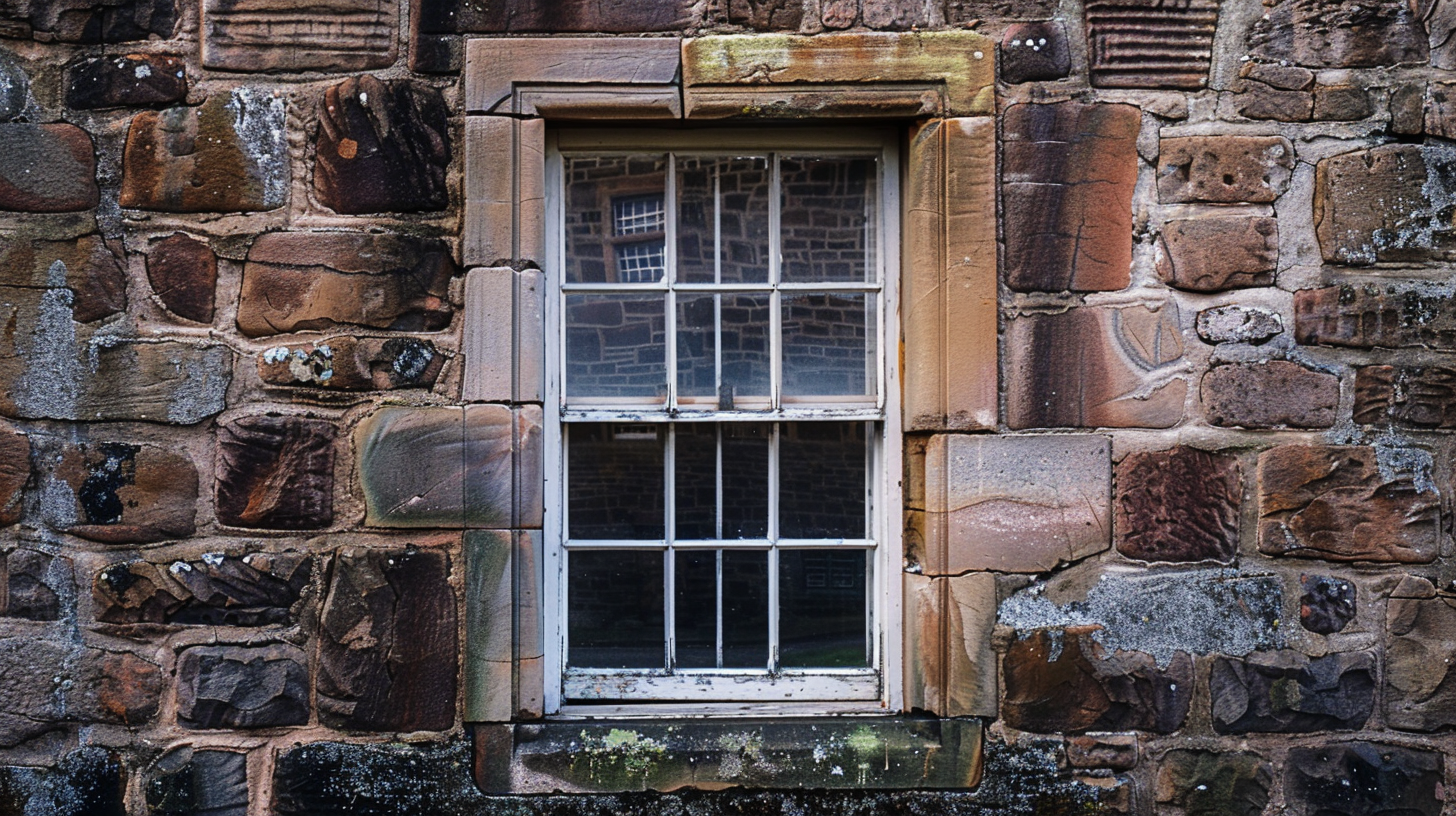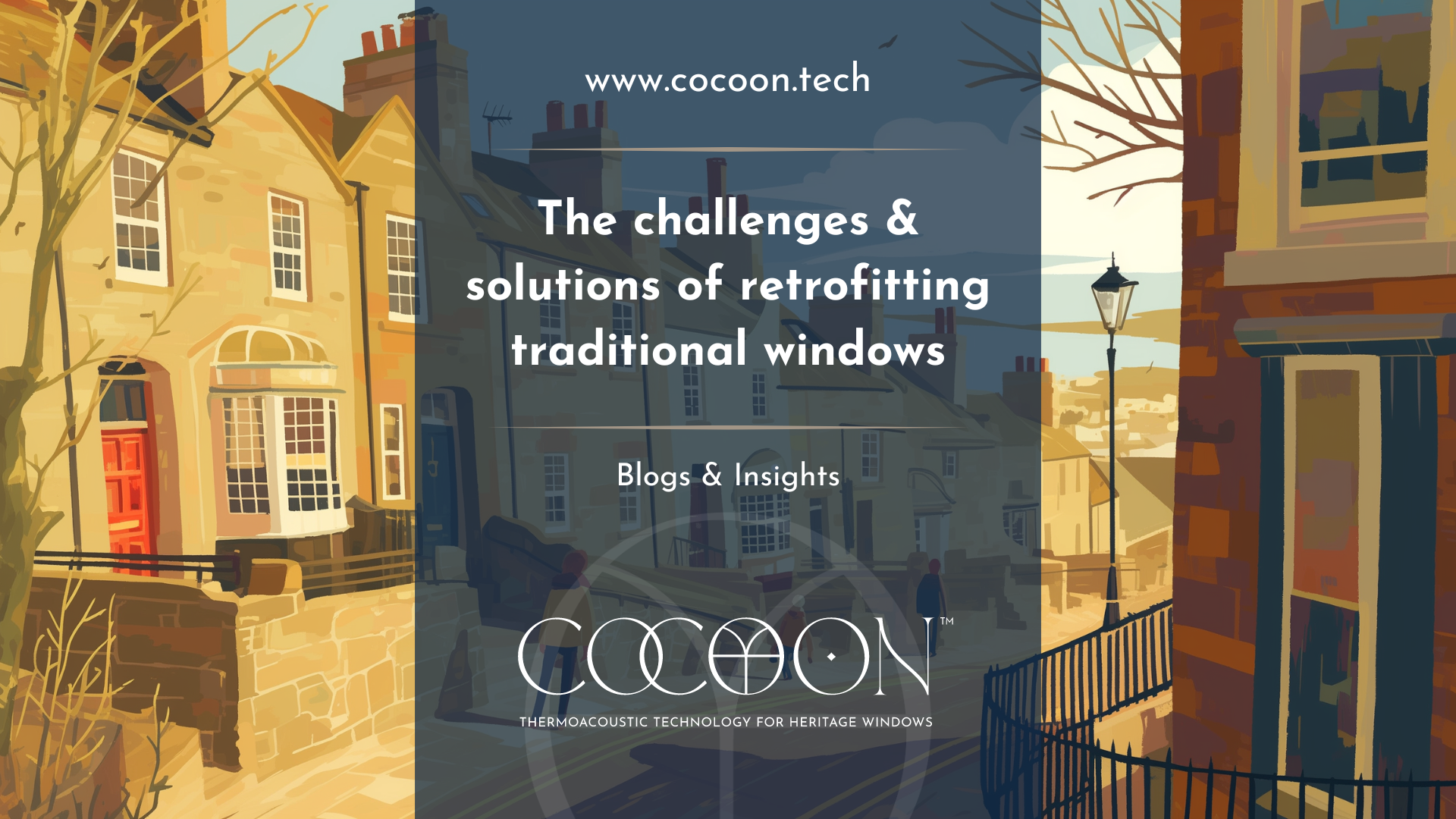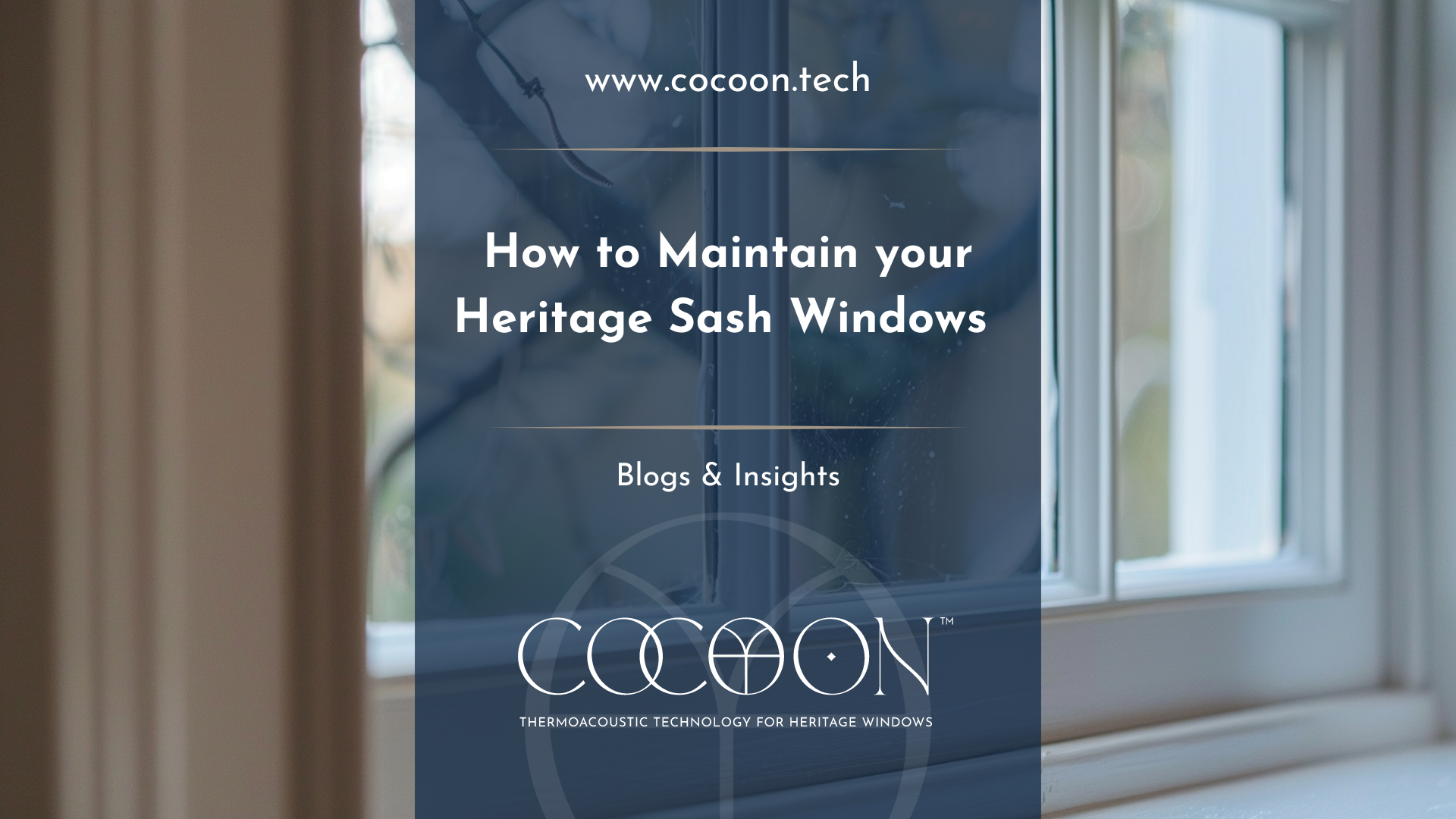by T EWING
•
21 February 2019
Last week we looked at some common misconceptions about the energy price cap that could potentially cost you money, and since last week saw Blue Monday (apparently the most depressing day of the year, in part caused by unpaid bills surfacing after the festive period) it’s worth looking at the general energy myths that cost us all hundreds of pounds of year. The thing about myths, luckily, is that they’re not real, so check out these seven energy myths that are costing you money, and start looking at a more prosperous and energy efficient 2019. Myth 1: Turning your thermostat up higher will heat your home more quickly We’ve all been guilty of it, especially when feeling the chill: cranking the thermostat up by a few extra degrees to heat up our homes ore quickly. But according to Energy Saving Trust expert Caitlin Bent, speaking in This is Money , this wont make a difference. 'Turning up your thermostat won’t heat your home any faster, it’ll heat at the same rate, but unless you remember to turn it down again will keep heating to a higher temperature, wasting energy.' In fact, the quickest way to warm your home up is to ensure that it is properly insulated and draught proofed: not only will this bring your home up to temperature more quickly, it will also better trap the heat so that it stays that way for longer too. Myth 2: Turning my heating up slightly wont make a difference to my bill Similarly to cranking the temperature to heat your home more quickly, there is something of a common myth that raising the temperature of your heating only a wee bit will not make any real difference to your energy bills. But according to N Power this is very much incorrect, because turning your thermostat down by just one degree can save around £75 per year on your energy bills. This is backed up by the Energy Saving Trust who say that turning a room thermostat down by just one degree can not only save £75 per year but also saves 340kg of carbon per year! Myth 3: It’s cheaper to leave your heating on low all day rather than turning it on and off Many heating engineers recommend leaving heating on low all day can be a more efficient way of running your heating, but this is only really true for properties that experience severe condensation. If your property does not suffer from condensation issues, then leaving your heating on low all day effectively just wastes energy. According to Martin Lewis, speaking in The Mirror, “Just pay to pump energy in as and when it is needed. To keep pumping it in constantly isn’t efficient. Using a timer is best, because your thermostat is designed to turn your heating on and off to keep your home at the temperature you set it. This is the view of both the Energy Saving Trust and British Gas, so in general I’d stick with that.” Myth 4: Electric heaters are cheap to run This misconception seems to arise from the fact that electric heaters can be cheap to buy and can allow for a quick blast of intense heat as and when required. However, as we all know, electricity is an expensive source of energy. Electric heaters generally use a lot of electricity and depending on the type of heater, may not keep a room warm for a long period of time. The cost to run an electric heater also depends very much on the make, model and power of the heater, You Gen calculated that a 3kW heater will use 3kW (3000 watts) per hour and cost roughly £3.43 to run for 8 hours for just one heater. Cheaper solutions include using radiators and central heating, preferably gas, but if you are saddled with expensive heating it pays to make your home as energy efficient as possible with insulation, secondary glazing, heavy curtains, and draught proofing. Myth 5: It’s cheaper to heat an empty house Related to leaving your heating on low all day, this myth posits that leaving the heating on all day will make it cheaper to bring it up to temperature when you need it. However, this is not true. According to Choose Energy “the longer your heating or cooling system is turned off, the greater your savings will be . “Adjusting your thermostat 10 to 15 degrees for 8 hours a day can save you 5 to 15 percent per year on heating and cooling costs – 1 percent for each degree it’s set back.” Myth 6: I need to get boiler cover with my energy supplier Many people think that they are locked into obtaining boiler cover from their energy supplier, a misconception that can cost you hundreds of pounds per year. Energy firms use our fear of being left without a working boiler to charge well over the odds for boiler cover, but just like home insurance, energy supplier or your broadband, you can easily use a price comparison site to switch and save money. Writing in The Mirror, Martin Lewis states “[Energy Firms] want us to think there’s some link between our energy provider and our boiler cover. There isn’t – you’re not locked in, so if you do need it, go elsewhere, like Amanda who emailed: “I swapped my boiler cover company and saved £213 a year whilst also increasing cover – and still with an annual service included. Thanks.”” Myth 7: Double glazing is the most energy efficient solution for my windows Okay you can call us biased here, but this is an energy saving myth that really grinds our gears at Glaze & Save! While it’s true that double glazing can stop heat loss through windows, it’s often very expensive and the payback time can be as high as 100 years ! This means that your double glazing will effectively never “pay for itself” in energy savings. The Green Age writes “you can make big gains on the efficiency of your windows by simply adding some good draught proofing or inexpensive magnetic secondary glazing. New windows are nice to have, but there other energy efficiency measures that we would get installed first based on the payback.” In fact, compare the payback time of double glazing to that of InvisiTherm® bespoke magnetic secondary glazing . Our innovative slim glazing has a payback time of around just 4 years. Quite a difference to double glazing! Dispel the double glazing myths and keep your original windows with InvisiTherm ® secondary glazing . Our VIBES awarding-winning systems reduce heat loss by 63% and reduce noise by 58-88%, all while completely eradicating condensation and draughts. It’s also fully compatible with working shutters to enhance your energy saving superpowers! Contact us today for your FREE home survey, or give us a call on 01738 562 068 and speak to one of our friendly team members. We’re happy to answer your questions and bust those energy myths!




















